- Catherine
- August 28, 2023
- 2:57 am

John Doe
Answered on 2:57 am
UFM Telemetry is the basic layer, which can provide network validation tools, monitor network performance and status, capture and transmit real-time network telemetry information, application load usage, and system configuration, for further analysis in local or cloud databases.
UFM Enterprise is the intermediate layer, which adds enhanced network monitoring and management functions on top of UFM Telemetry. It can perform automatic network discovery and configuration, traffic monitoring, and congestion detection, as well as integration with mainstream job schedulers and cloud and cluster managers (such as Slurm and Platform LSF).
UFM Cyber-AI is the highest layer, which adds preventive maintenance and network security functions on top of UFM Telemetry and UFM Enterprise. It uses deep learning algorithms to learn the data center’s “heartbeat”, operation modes, status, usage, and workload network characteristics. It can build an enhanced telemetry information database and discover correlations between events. It can detect performance degradation, usage, and configuration changes, and provide alerts for abnormal system and application behavior and potential system failures.
People Also Ask
Understanding Switch Ports: A Comprehensive Guide to VLAN Assignments and Switch Port Configurations
Related Articles
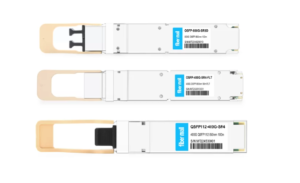
800G SR8 and 400G SR4 Optical Transceiver Modules Compatibility and Interconnection Test Report
Version Change Log Writer V0 Sample Test Cassie Test Purpose Test Objects:800G OSFP SR8/400G OSFP SR4/400G Q112 SR4. By conducting corresponding tests, the test parameters meet the relevant industry standards,
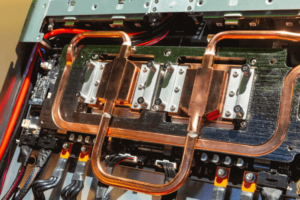
The NVIDIA GB300 NVLink Liquid-Cooled Switch
At this year’s GTC conference, NVIDIA introduced its latest GB300 AI chip and AI server. However, detailed information on the GB300 liquid-cooled switch has been scarce. The following images of
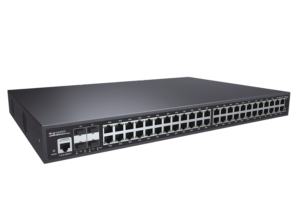
Understanding the Benefits of a 48-Port Gigabit Ethernet PoE Switch
In contemporary networking, a 48-port Gigabit Ethernet Power over Ethernet (PoE) switch holds untold business value because of its flexibility and completeness. With the rising popularity of IP devices like
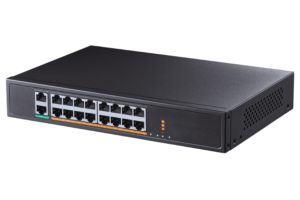
Unlocking the Potential of a 16-Port PoE Switch: A Comprehensive Guide
Implementing the Power over Ethernet (PoE) technology has changed the activities of modern networks, as it provides data and power supply through a single cable. Of many PoE options, the
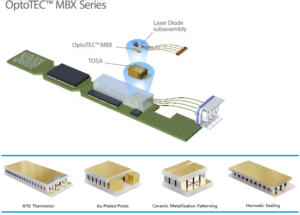
Optical Transceiver Modules Overcome High Temperatures in the Era of High-Speed Data Centers
The rapid advancement of artificial intelligence (AI) and large language models has resulted in an unprecedented surge in demand for high-speed optical transceiver modules within data centers and AI clusters.
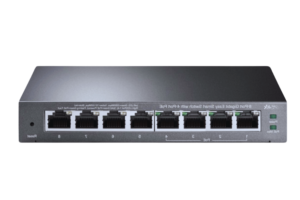
Understanding Switch Ports: A Comprehensive Guide to VLAN Assignments and Switch Port Configurations
Throughout history, communication and connection have greatly evolved. Today, it can be done in mere seconds all throughout the globe. Switch ports are a fundamental part of global communication. If
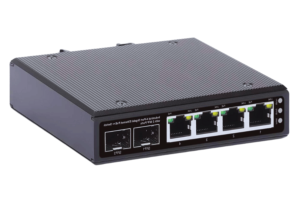
The Ultimate Guide to Choosing a 4 Port PoE Switch
The impact of well-chosen 4-Port Power over Ethernet (PoE) switches on the efficiencies and capabilities of a network cannot be overstated. Be it in setting up a home office, or
Related posts:
- Can the Same Module on the NDR Switch Plug an NDR Cable into One Port and an NDR 200 Splitter Cable into Another Port?
- Any Difference in the Number of Nodes Managed by the Subnet Manager for Switch, OFED, and UFM?
- Is the Module on the OSFP NIC flat or Riding Heatsink?
- What is the Recommended Size of the Cluster to Use UFM?
